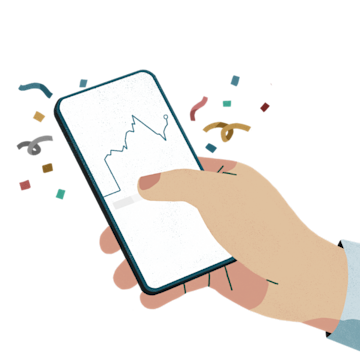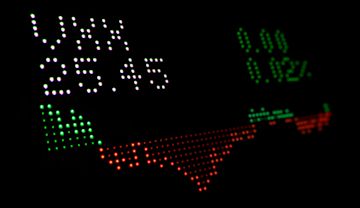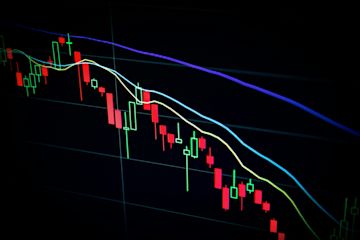
ETFs vs. Index Funds: Understanding the Key Differences
ETFs and index funds both offer passive investment strategies that track market indexes, but they differ in key ways. Here's what you need to know about their differences and similarities.
Key Differences
Trading Mechanism
- ETFs trade like stocks throughout the day at varying prices
- Index funds trade once daily at the market's closing price
- ETFs offer more flexibility for timing trades
Investment Structure
- ETFs can be more tax-efficient due to their creation/redemption process
- Index funds may need to sell holdings to meet redemptions, potentially triggering capital gains
- ETFs typically have lower minimum investment requirements

Hand holding phone showing banking app
Common Features
- Passive Management: Both follow a preset index without active management
- Diversification: Both spread risk across multiple assets
- Cost-Effectiveness: Both typically have lower expense ratios than actively managed funds
- Long-term Growth Potential: Both designed for steady, long-term returns

Hand touching investment graph on phone
Choosing Between ETFs and Index Funds
Consider these factors:
- Trading frequency: ETFs for active traders, index funds for buy-and-hold investors
- Tax efficiency: ETFs generally have better tax advantages
- Investment amount: ETFs often have lower minimum investments
- Investment goals: Both suit long-term wealth building strategies
Common Questions
Are there actively managed ETFs? Yes, while most ETFs are passive, some actively managed ETFs exist with higher fees.
How do expense ratios compare? Both typically have low expense ratios, but ETFs often have slightly lower costs.
Can I invest in both? Yes, many investors use both to achieve different investment objectives.
What are the risks? Both carry market risk, tracking error risk, and liquidity risk.
How do I choose the right one? Consider your investment timeline, tax situation, and trading preferences.

Three people viewing smartphone together

Stock market volatility graph chart

Red stock market trading chart